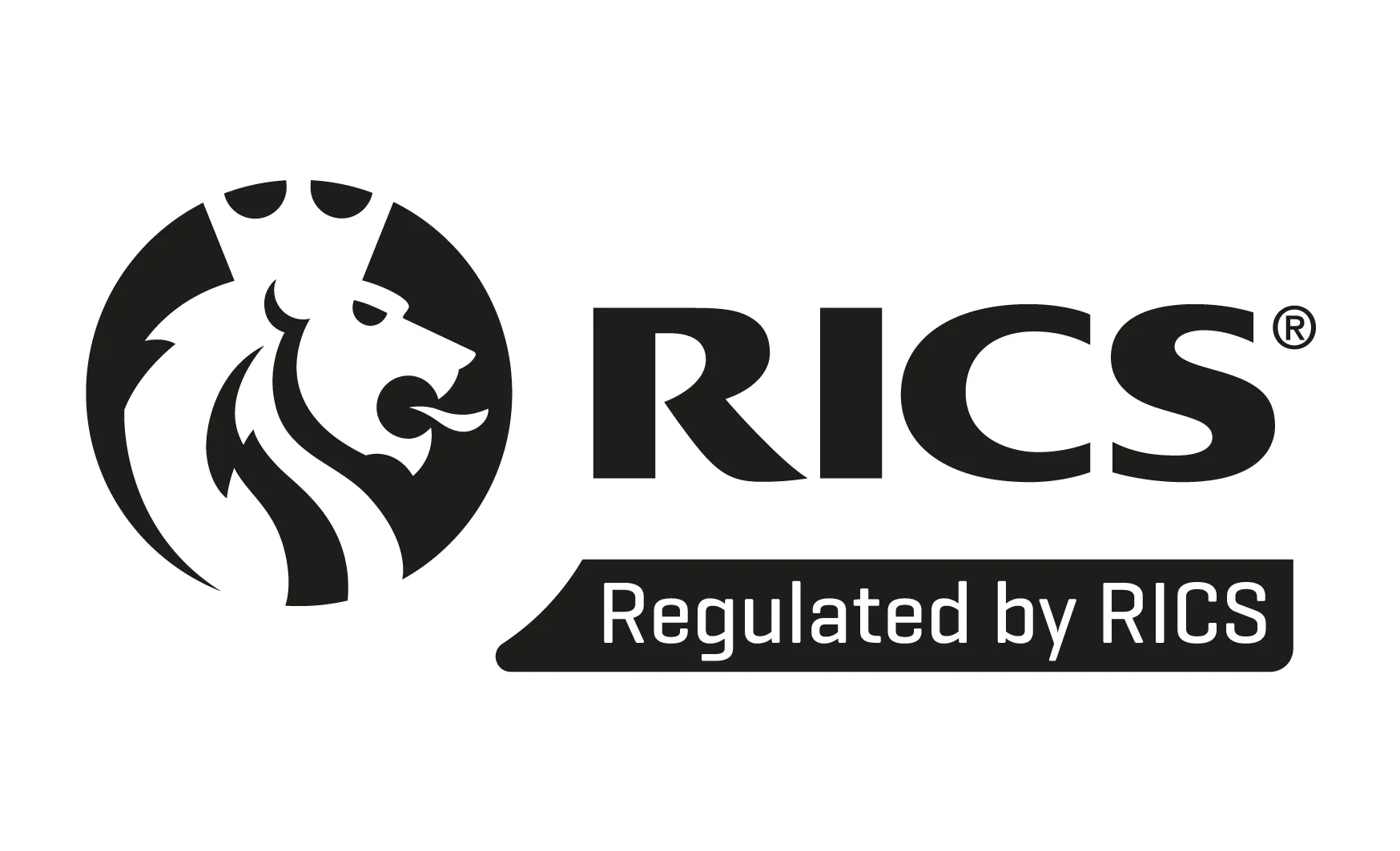Firstly, let’s start by explaining what we mean by adding value to a real estate investment. A value-add real estate investment is one that has been modified or undergone repositioning either internally or externally with the intention of increasing its value or cash flow and making it more desirable for a purchaser or resident. These kinds of investments could either be capital-intensive, labour-intensive or both and can range from small changes such as re-painting walls or replacing furniture to huge projects such as property expansions.
We can add value in three ways:
1. Market / Natural Appreciation
The first way that real estate owners or investors can increase the value of their investment is by market or natural appreciation. This is where an investor invests in a fast-growing market with high employment rate, population growth and positive net migration rate. Investing in these markets will naturally increase the value of your property and as such force you to consistently increase rents with the growing market.
2. Property Renovation or Refurbishing
Instead of waiting for the market to appreciate, you can actively increase the value of a property by employing a ‘value add’ strategy. This means upgrading or refurbishing elements in your property. Using the example of a residential building, you can replace the old kitchen fixtures with a new dishwasher, oven and refrigerator, and add a new coat of paint across the unit. These aesthetic and functional improvements will allow you to increase the rent and this subsequent increase in rental income will increase its net operating income (NOI). The NOI and the value of the property are positively correlated – when the NOI increases so does the value of the property and vice versa.
3. Providing Amenities / Services
Another way to add value to your real estate investment is by creating other sources of income aside rents. Providing amenities close to the property such as a gym for a block of apartments, a communal or social space and services such as cleaning, and laundry makes it more desirable and convenient for residents compared to searching for these themselves and this can increase the value of your property.
BENEFITS
Adding value to an investment property increases the overall cash flow of the property as costs like repair and maintenance are either reduced as these are less likely to occur or even non-existent. Unlike the core or core plus properties, this increases the NOI (Net Operating Income) of the value-add investment which in turn leads to higher returns for the investor and an increase in the ROI compared to core investments. In an attempt to gain the added value on the property, some investors tend to sell it immediately after renovating or hold it in a declining market and sell it when the market recovers.
RISKS
Value-add investing is focused on properties that need improvements which means investors going with this kind of investment need to acquire medium to high leverage to finance the project depending on the size. The higher the level of improvement, the higher the debt used and therefore the higher the risk. An investor who is not able to accomplish his/her plans of adding value to the property will end up with higher costs and ultimately be compelled to sell the property at a price lower than expected.
To add to this, void costs can be incurred during the period of construction or renovation. This is the loss in potential rental income during the construction or renovation period when the property is vacant which is likely to affect the cashflow. It may take months or up to a year after the project is completed before positive cashflows can be realised.
Is this the right time for Value-Add investments?
In a post pandemic market new technologies and changed investment priorities are among trends that define investors’ preferences. Globally investors across private wealth, institutional investors, private equity and more are actively looking to add hard assets to their portfolios. In post-COVID-19 where many real estate assets need repurposing and redevelopment, the strategy of acquiring and developing properties and then selling them to realize a return fits particularly well during these uncertain times.











